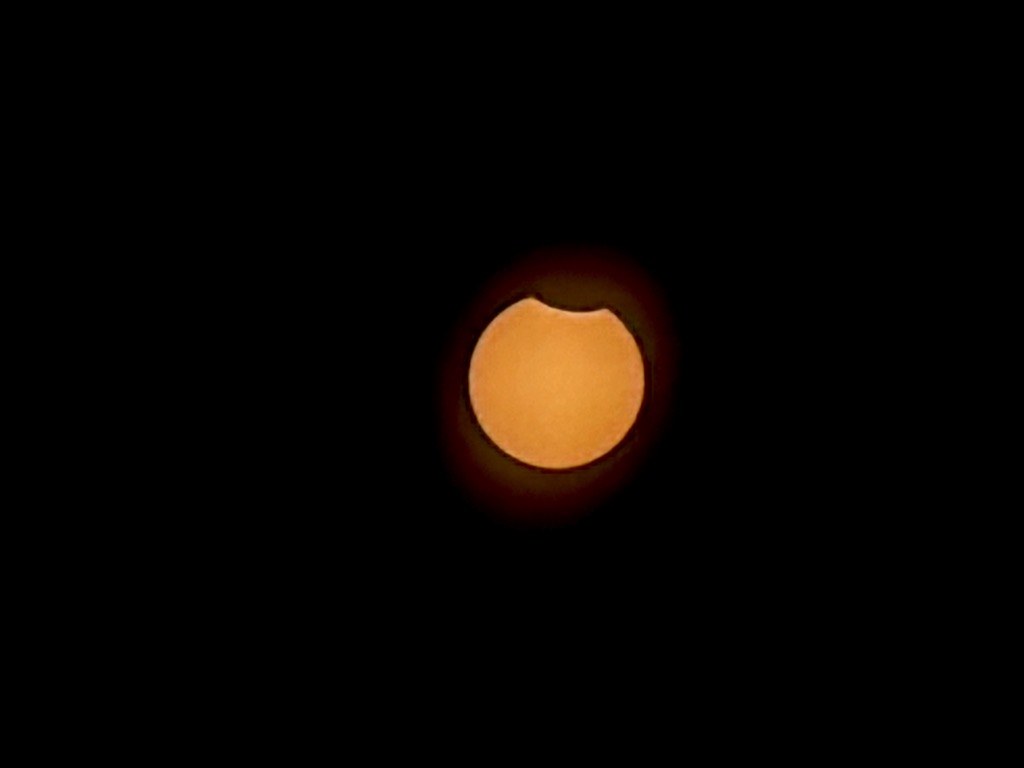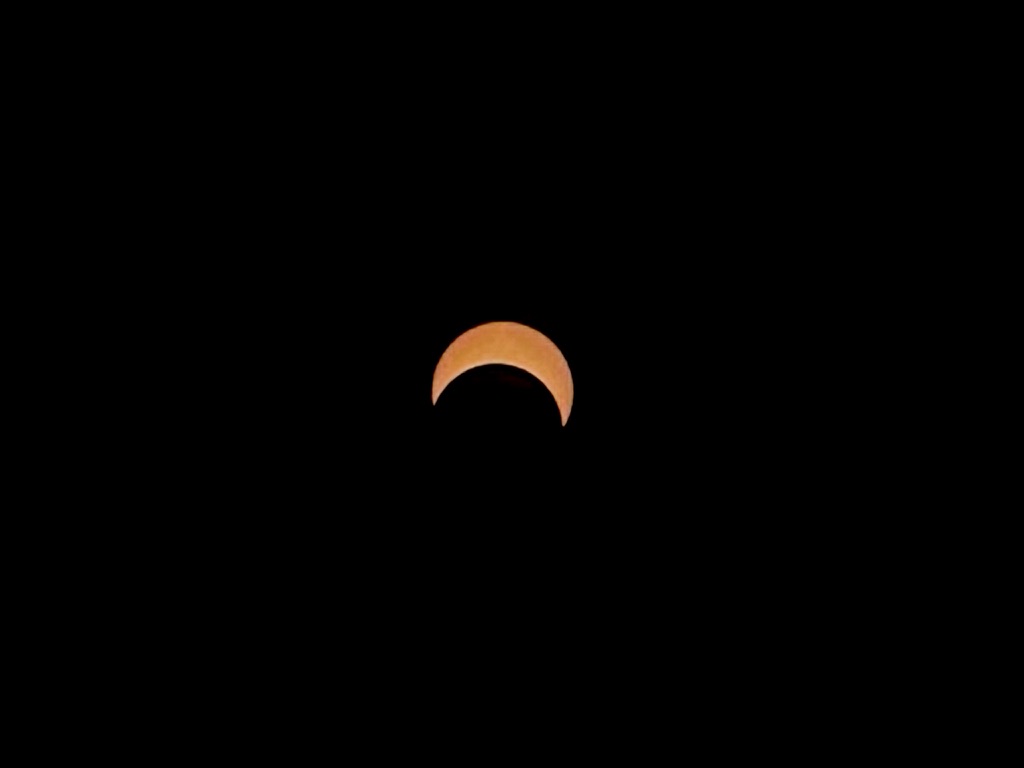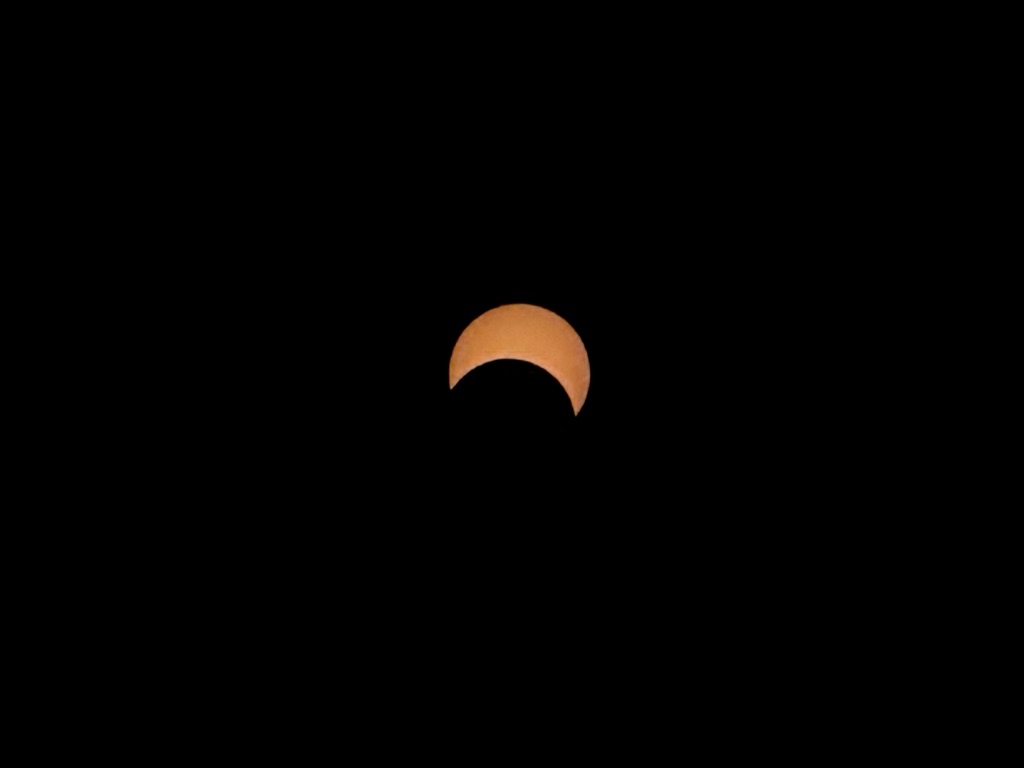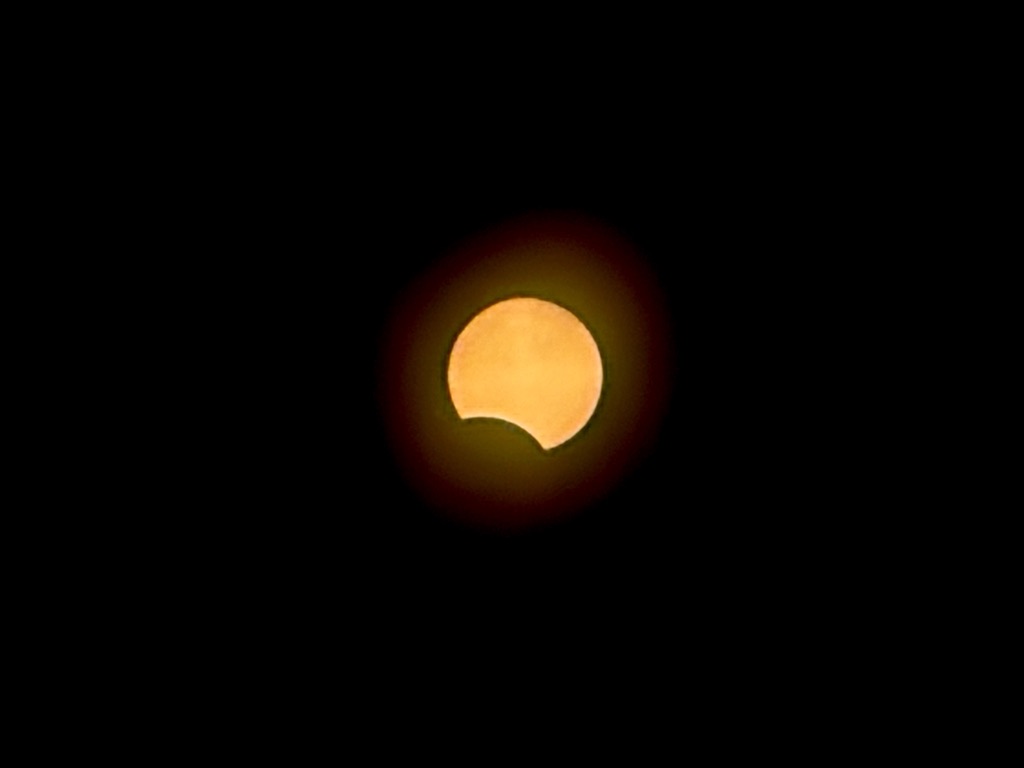Annular Solar Eclipse
Published:
Regardless of who you are, if you have ever experienced a total solar eclipse in your lifetime, chances are you would want to experience it again. One could try to show you photos and explain to you the sensations of it, but it is almost impossible to describe the magic that takes place, as you see the day turn into night within minutes, the temperature drop a few degrees, and the fauna lose their minds.
Having experienced a total solar eclipse once before in my life (2010 in Bangladesh), I knew that I wanted to re-experience it again sometime in the future. So when I saw an opportunity to my first ever annular solar eclipse, I could not give up the chance to do so!
Total Versus Annular Eclipse
So if you are not familiar with the terms, you may be asking what is the difference between a total and an annular solar eclipse? To start off, the distance between the Sun and the Earth is roughly 400 times the distance between the Moon and the Earth. On the other hand, the diameter of the Sun is about 400 times the Moon’s diameter. So by this coincidence, the Moon can completely cover the Sun which leads to a total eclipse. However, if the Moon is at its farthest point relative to us, then its apparent size becomes just small enough for ~10% of the Sun to still be exposed during a full eclipse, causing a “Ring of Fire” to pop-up around the Moon; this is an annular eclipse.
Three Days in Utahn Parks
The hunt for the annular eclipse took us to Southeastern Utah, where we visited the Dead Horse Point State Park for sunset, the Goblin Valley State Park for sunrise and the annular solar eclipse on October 14th, the Capitol Reef National Park for another sunset, and the Arches National Park for some incredible hikes. Here are some photos from the solar eclipse!




